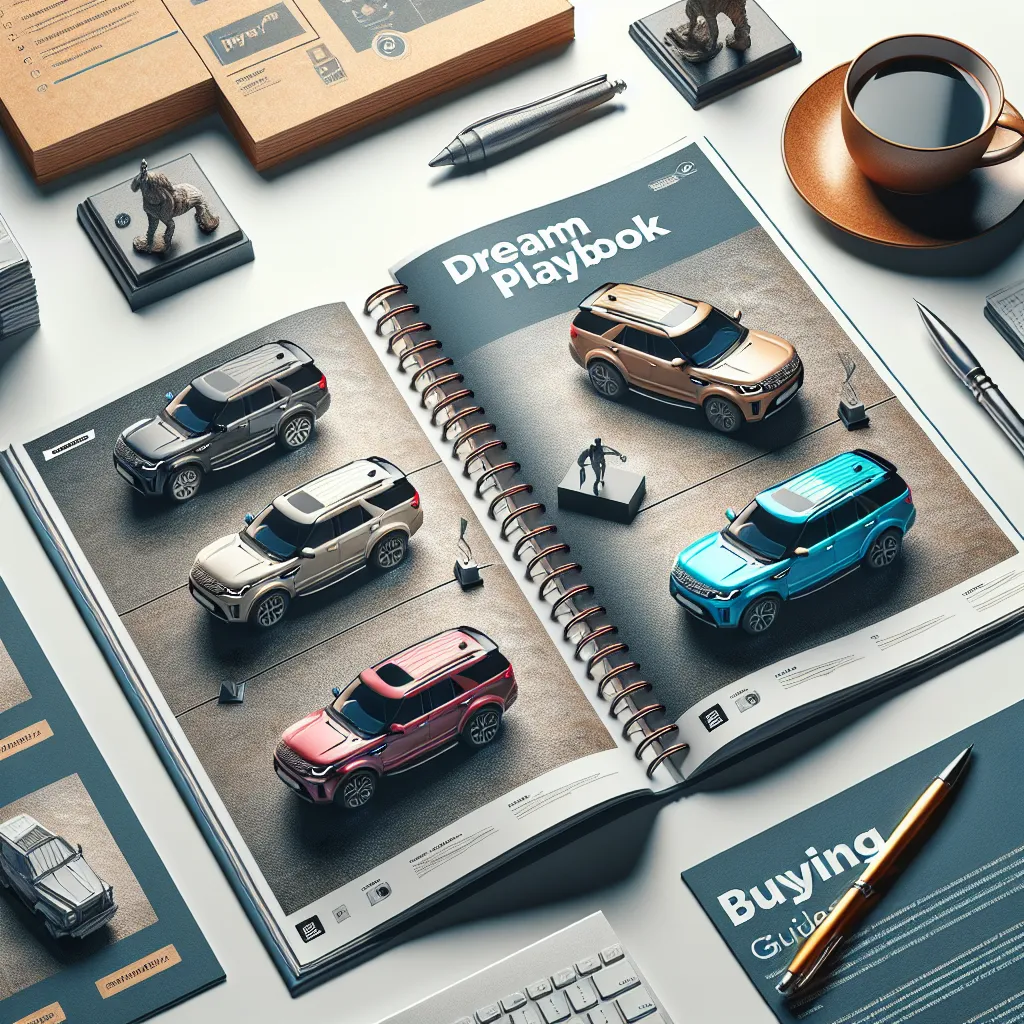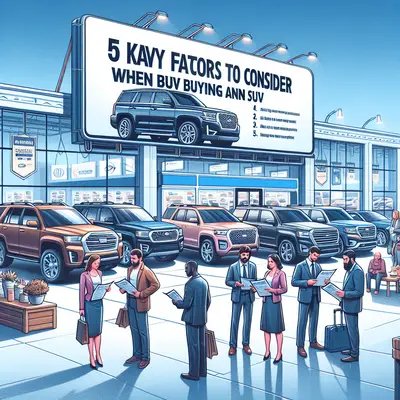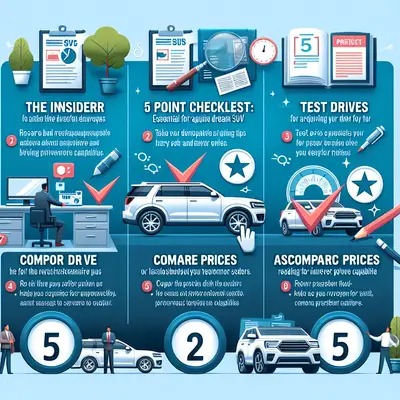1. Assess the Powertrain
The powertrain remains one of the most crucial aspects of any SUV. It's the heart and soul of the vehicle, directly impacting performance, fuel efficiency, and overall driving experience. When comparing SUVs, consider both the engine capacity and type (V6, V8, diesel, or hybrid), as well as the transmission system. All-wheel drive or four-wheel drive options may be paramount if you're planning on off-road adventures or live in a region with challenging weather conditions.
2. Scrutinize Safety Features
Safety should always be a priority. Modern SUVs come equipped with a plethora of advanced safety features, from anti-lock braking systems (ABS) and electronic stability control (ESC) to advanced driver-assistance systems (ADAS) like automatic emergency braking (AEB) and lane departure warning. Be sure to check the vehicle's safety rating from trusted organizations like the National Highway Traffic Safety Administration (NHTSA) or the Insurance Institute for Highway Safety (IIHS).
3. Consider the Cabin Comfort
SUVs are known for their spacious interiors, but the quality of the cabin is just as important as its size. Look for comfortable seating with ample legroom, high-quality materials, and user-friendly tech features. A well-designed, quiet cabin can significantly enhance your driving experience. Also, consider the cargo space and flexibility of the seating arrangement for your specific needs.
4. Evaluate the Tech Interface
Technology has become an integral part of today's SUVs. From infotainment systems and connectivity options to advanced driver-assist features, the tech interface can greatly enhance your driving experience. Look for intuitive systems with features like Apple CarPlay, Android Auto, and a responsive touchscreen. Also, check for seamless integration of these systems and how they contribute to driver convenience and safety.
5. Understand the Ownership Cost
Beyond the initial purchase price, understanding the total cost of ownership can save you from unexpected expenses down the line. This includes insurance, fuel economy, maintenance costs, and depreciation over time. Some SUVs may be cheaper to buy but more expensive to own in the long run, and vice versa. Researching and comparing these costs can help you make a more informed decision.
Conclusion
The journey to secure your dream SUV is one that requires knowledge, strategy, and careful consideration. By integrating these five strategic moves into your buying process, you can confidently navigate the SUV market and get behind the wheel of a vehicle that truly meets your expectations. Remember, the key to a successful acquisition lies in the details. So, buckle up and enjoy the ride to your next SUV.



